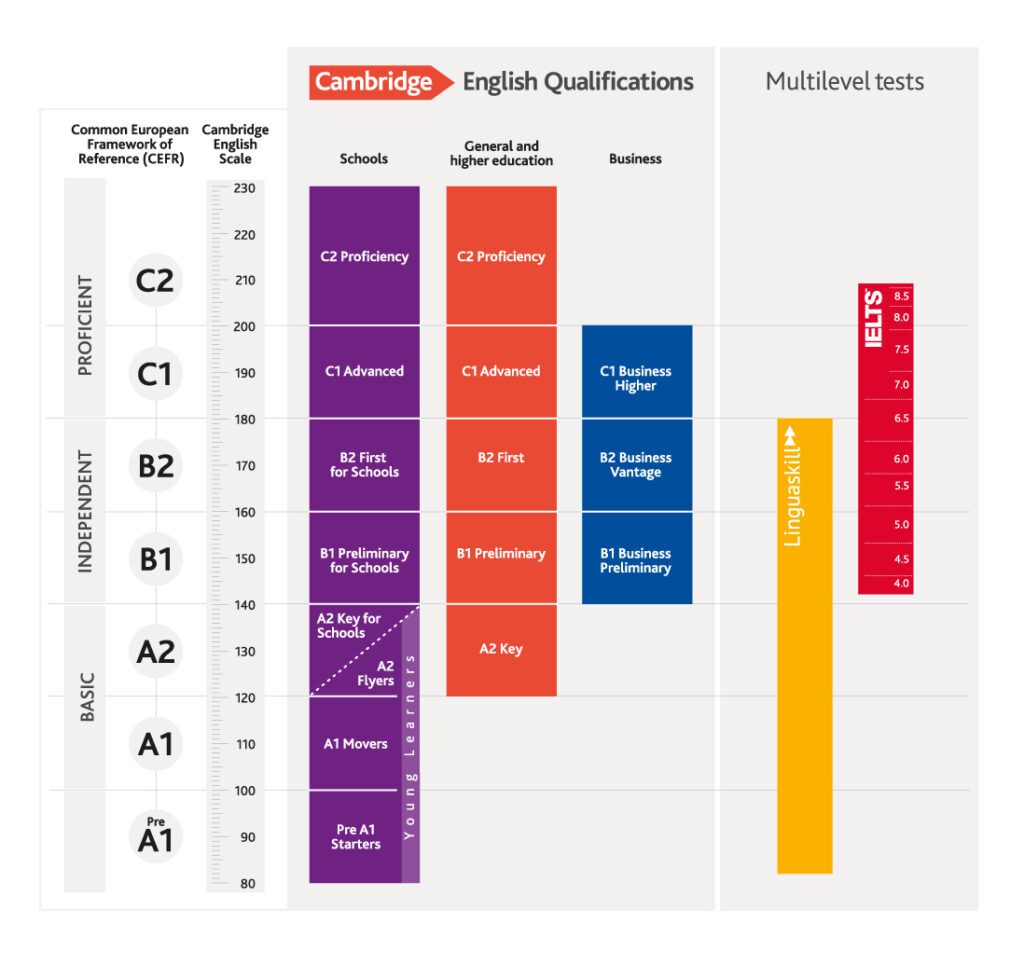How Cambridge C1 Advanced (CAE) Reading Scores Are Calculated
How to ace CAE reading part 8 - Your free step-by-step guide.
What you will find in this guide:
Introduction
The Cambridge C1 Advanced (CAE) exam is a high-level English language qualification that tests candidates on four key skills: reading, writing, listening, and speaking, as well as their use of English1234. If you are preparing for the CAE exam, or if you have already taken it, you might be wondering how the Reading and Use of English paper is scored. This paper is one of the four components of the CAE exam, along with Listening, Writing and Speaking. It tests your ability to read different types of texts and to use a range of vocabulary and grammar accurately and appropriately.
In this blog post, we will explain how the Reading and Use of English paper is structured, how the points are distributed, and how the score is calculated and converted to the Cambridge English Scale.
If you wish you to read about other parts of the Cambridge C1 Advanced (CAE), you can read my other guides by clicking here, and to read my guides to part 7 click here.
Understanding the Reading and Use of English Paper
The Reading and Use of English paper consists of eight parts, each with a different focus and format. The first three parts test your use of English skills, such as word formation, sentence transformation and error correction. The remaining five parts test your reading skills, such as comprehension, inference and text organization. The paper has a total of 56 questions, which are based on four texts of varying length and difficulty. You have 90 minutes to complete the paper.
The overall scores are calculated using The Cambridge English Scale. This is a scoring system introduced by Cambridge English in 20152. All Cambridge English Qualifications from A2 Key for Schools/A2 Key to C2 Proficiency report results on the Cambridge English Scale1. For the C1 Advanced exam, candidates receive an individual score for each of the four skills and Use of English1234.
The Reading Score
The reading scores in the Cambridge English: Advanced (CAE) exam, also known as the C1 Advanced exam, are calculated based on your performance across the Reading and Use of English (RUE) paper.
Here is the points distribution for each part:
- Part 1 (Multiple-choice cloze): Each correct answer is worth 1 point12.
- Part 2 (Open cloze): Each correct answer is worth 1 point2.
- Part 3 (Word formation): Each correct answer is worth 1 point2.
- Part 4 (Key word transformations): Each correct answer is worth 1 point2.
- Part 5 (Multiple choice): Each correct answer is worth 2 points2.
- Part 6 (Cross-text multiple matching): Each correct answer is worth 2 points2.
- Part 7 (Gapped text): Each correct answer is worth 2 points2.
- Part 8 (Multiple matching): Each correct answer is worth 1 point2.

Calculating your Reading Score
– First, you need to calculate the percentage you obtained in each part of the paper by dividing the number of points you got by the number of points available in that part and multiplying by 100. For example, if you got six points out of eight in Part 1, your percentage for that part would be (6/8) x 100 = 75%.
– Second, you need to calculate the average score of the percentages you obtained in Parts 5 to 8, which are the reading parts. To do this, you need to add up the percentages you got in these parts and divide by four. For example, if you got 75% in Part 5, 86% in Part 6, 67% in Part 7 and 50% in Part 8, your average score would be (75 + 86 + 67 + 50) / 4 = 69.5%.
– Third, you need to round up your average score to the nearest whole number. For example, if your average score was 69.5%, you would round it up to 70%.
This rounded-up average score is your reading score.
The Cambridge English Scale is a way of reporting your exam results using a common scale from 120 to 230. It allows you to compare your performance across different components and levels of the Cambridge English exams.
To convert your reading score into a score on the Cambridge English Scale, you need to use a conversion table that shows how each percentage corresponds to a score on the scale. For example, according to the conversion table for CAE, a reading score of 70% corresponds to a score of 180 on the Cambridge English Scale.
You can find the conversion table for CAE here:
Conclusion
Understanding how your CAE reading score is calculated can help you better prepare for the exam and interpret your results. Remember, the goal is to demonstrate proficiency across all areas of the exam, not just in one paper. Good luck with your studies!







